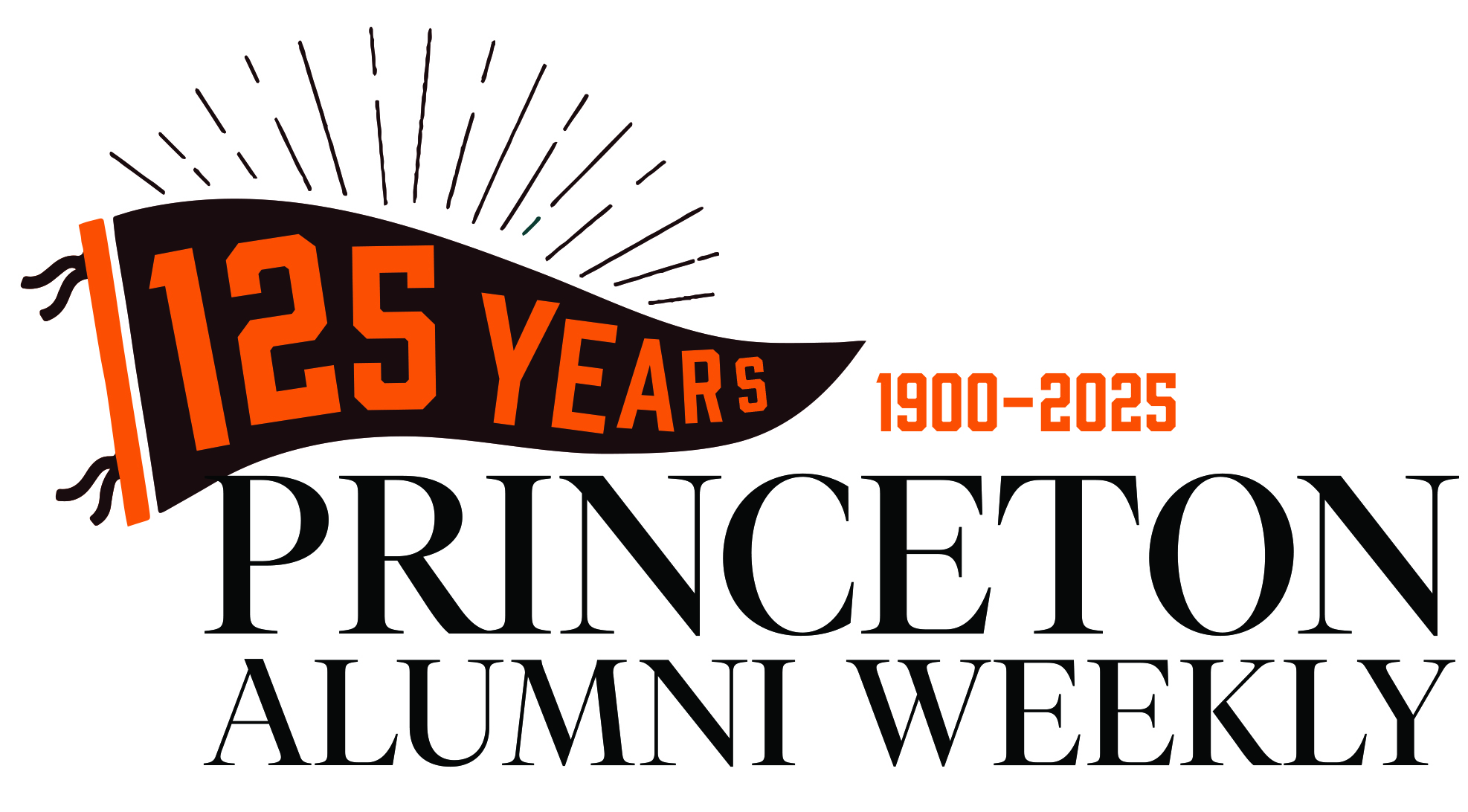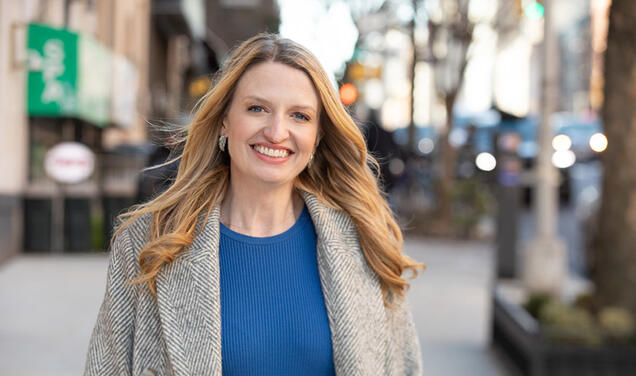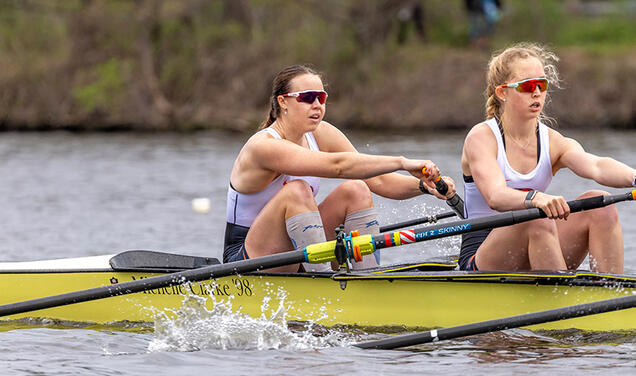
On a bright, sunny Saturday in 1960, my father piled us into the car to go see where Daddy worked at his new job at RCA’s David Sarnoff Research Labs on Route 1. After that, we drove up what I now know was Washington Road, and as we passed Guyot Hall, which then had a majestic greenhouse perched on the side, my dad said, “This is Princeton University. It’s the best school in the world.”
“Then that’s where I’m going!” I piped up from the back seat.
Mom turned around and started to say “Oh no, you caaaaa … ” before, for the first and only time in my life, I heard my father shush her.
“Shhhhh. Mary, don’t discourage her!” Princeton, of course, was only for boys at that time, but since I was only 8 years old, I had no idea.
We headed to the Princeton Battlefield for a picnic under the witness oak tree that fell not too long ago on a windless day, and when I got home, I wrote with my yellow pencil in my black-and-white marbled composition book. “I saw Princton (cq) School. I am going there. We had plums.”
It took Princeton a while longer to catch up.
By the time I arrived at Princeton again, a decade had passed. In the interim, we had moved to Indianapolis. Quite possibly Princeton’s emphasis on geographical distribution helped me gain admission because, in just the second year of coeducation, there were only 100-something women in my class. It all was so new that my guidance counselor at Lawrence Central High School marveled that the village of Princeton had a college, so it was up to me to explain that the school was in Princeton, New Jersey, not Indiana.
Princeton, to say the least, was intimidating to a kid from the Midwest. When I looked around, my classmates all seemed to be better prepared than anyone was in my public high school, which was mostly known for making Sports Illustrated for the longest losing streak in high school basketball history. On the other hand, my Princeton classmates had been to Europe — heck, some of them lived in Europe. They had names I recognized, parents I saw on TV, done things and been places I had only read about. After being one of the smartest kids in my high school, I went to precept wondering if I was smart enough to be there at all. I hadn’t ever written a paper.
When I did a story for The Daily Princetonian on the onset of grade inflation and “the demise of the Gentleman C” (awarded just for showing up) that had crept to a B, the great sociology professor Marvin Bressler chided me.
“Look around. Your classmates are the nation’s best and brightest. It’ll be up to you to solve the world’s problems.”
“Uh-oh.”
For years, I passed on returning to Reunions. The early intimidation of being a little Indiana guppy in a rather big tweedy pond had stuck. I wasn’t “almost famous” or remarkable at all, and no string of erudite initials or marching rows of zeroes in my bank account followed my name. I felt like I hadn’t measured up.
But age wins. The desire to see old friends triumphs. The ego takes a back seat to love. And our friends welcome us. Eventually, I went back and then, back and back and back. Despite my fears, the greatest danger I experienced at Reunions was when I had to leap out of the way of a careening golf cart piloted by a grinning former Cabinet secretary.
That’s Princeton for you! Aren’t we all just so happy to be back? They can dig up the tennis courts with the charming gazebo and reconfigure the buildings and bring new shops to Palmer Square and it just doesn’t matter. (Well, maybe except for the Dinky.) In our hearts the old place is still as we remember it and we all look just the same.
In the end, Bressler was right. I can barely list the fields affected by my classmates who improved television, grew companies, worked in Congress, wrote books, served on presidential commissions, created new knowledge, and made oodles of money they then lavished on new buildings for the rest of us (thanks for Whitman College, Meg ’77!).
But here’s a sis-boom-bah to those who quietly used the critical thinking skills acquired in our precepts and the knowledge gained from the great books of the past to remake our lives and the lives of those around us, perhaps in smaller but still meaningful ways: Lawyers and librarians, teachers and farmers, moms and accountants — we raised families and served on school boards and did our jobs and helped whomever we could. We, in today’s parlance, showed up. That’s “Princeton in the nation’s service,” too.
And I’ll be glad to see all of us again this year at our 50th celebration of when we were young.
More than 30 years after my graduation, I was driving my newly admitted daughter (Victoria Tobolsky ’12) to freshman week when I nearly went off the road. Suddenly it had hit me — I had a female legacy at Princeton. I marveled that she was placed in a suite of eight women, which would have been a significant percentage of the women in my class.
I was back home again when I got her first excited call, reporting that her mailbox at the Frist Campus Center (thanks Bill ’74!) was eerily numbered 0870, her year of matriculation and mine. Plus it was punctuated by the fact that the Class of 2012 was the first class to finally achieve an equal split between males and females.
Karma, destiny, coincidence — who knows? Courtesy of an older daughter’s Hindu wedding, I have Indian family members now who would say the Universe always knows where we belong.
And this weekend, for all of us, it’s right here.
So now I’ve started a female line at Princeton. I wonder what will happen if one of my daughters has a son. With any luck, I have acquired the genes of my mother, who tried to squelch me and died just recently at 96 (she was rather unsquelchable herself). I can picture myself in the Old Guard, perhaps with my daughter driving a golf cart — or maybe a hovercraft by then — and waving at that grandson at his first Reunions. That is, if Princeton lets him in.
Joy Mcintyre ’74 specializes in creative communications and consulting.











0 Responses